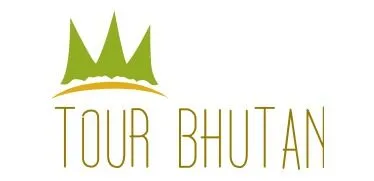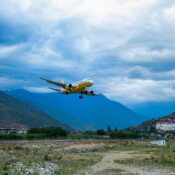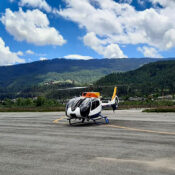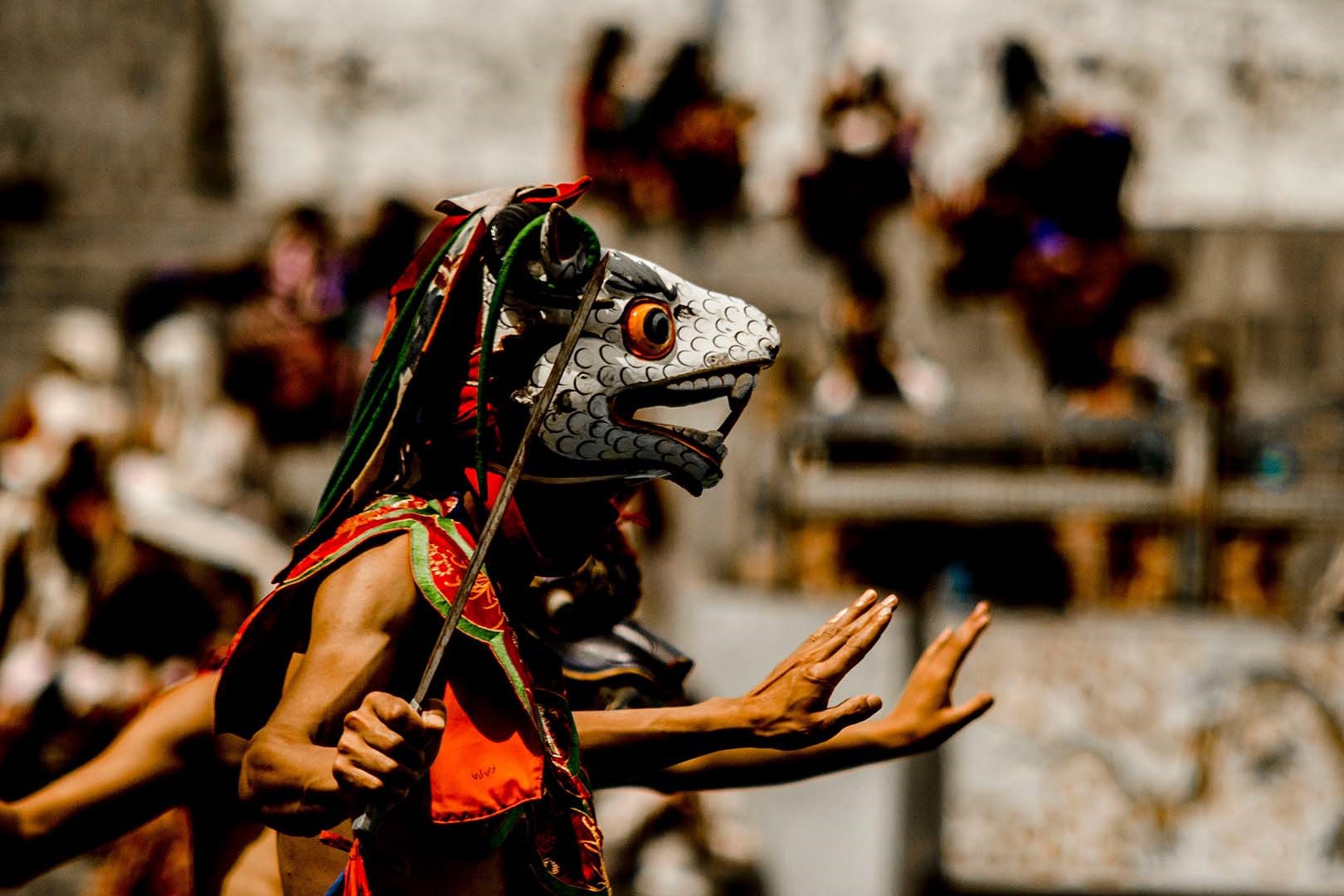Trongsa Dzong

Trongsa Dzong
Trongsa, previously Tongsa, is a Thromde or town, and the capital of Trongsa District in central Bhutan. The name means “new village” in Dzongkha. The first temple was built in 1543 by the Drukpa lama Ngagi Wangchuck, who was the great-grandfather of Ngawang Namgyal, Zhabdrung Rinpoche, the unifier of Bhutan.
Overlooking the Mangdechhu River, the Trongsa Dzong testifies to Bhutan’s architectural heritage, political history, rich traditions and culture. This magnificent structure, which has been witness to various significant events, has a rich legacy.
Druk Minjur Chokhor Rabten Tse later became the Dong’s name on the order of Chogyal Minjur Tenpa, the first Trongsa Penlop. It literally means the Dong on the tip of a Dungkhar (conch), of the never-changing country of Druk and the everlasting Dharma.
History of Trongsa Dzong
Trongsa Dzong dates back to the time of Yongzin Ngagi Wangchuk, a descendant of Ngawang Chogyal and a revered follower of Kuenkhen Pema Karpo. On his visit to central Bhutan in 1541, he meditated at the village of Yueli in Trong-sa, a few kilometers above the present Dzong. One night, in meditation. Yongzin Ngagi Wangchuk saw a lighted butter lamp below the ridge of the present Goenkhang, which houses the guardian deities Palden Lhamo (Mahakali) and Yeshey Goenpo (Mahakali). On his visit to the site he came across the footprints of a steed and the lhatsho (sacred pond) of the guardian deity, Palden Lhamo. Considering the place to be a nve (sacred site), he fashioned meditation quarters (tshamkhang). As he meditated in his new dwelling, the deity Pelden Lhamo appeared. She prophesied that in the future this place would play an important role in spreading the teachings of Buddha. After the incident, he constructed a small temple, which he named Mondrupley. Over the years his disciples built many smaller meditation centers near the Mondrupley temple, which soon began to resemble a small village. The people of Yueli named this new settlement Trong-sar (new village).
Expansion under the Trongsa Penlops
In 1647, Chogyal Minjur Tenpa was appointed by Zhabdrung Ngawang Namgyel as the first Trongsa Penlop and as his representative in Trongsa. During his tenure Chogyal Min-jur Tenpa constructed a Dzong which resembled a fort and housed various Lhakhangs. He also built the present Goen-khang on the same spot where Yongzin Ngagi Wangchuk had seen the vision of Pelden Lhamo. On the northern side of the Dzong he built a new wing, expanding the Mondruple into the Mithrub Lhakhang. In 1652, with the construction of the Poekhang or Minjur Lhakhang, he further expanded the Dzong. At the end of the 17th century, the 4th Desi, Tenzin Rabgyal, also expanded it. He consecrated the Goenkhang of Pelden Lhamo and Yeshey Goenpo in 1667.
In 1715, Penlop Druk Dendrup built the Chenrezi Lhakhang; and in 1765 the Trongsa Penlop, Zhidar, established the Trongsa Rabdey with approximately 50 monks.
In 1853, the tenth Trongsa Penlop, Jigme Namgyel, built the Dechhog Lhakhang in the central section of the Dzong.
According to a legend, prior to the consecration of the Dech-hog image and the Dechhog Lhakhang, two disciples of Lam Jangchu Tsindup arrived from Tibet with the sacred self-created (Rangjung) image of Dorje Phagmo, one of the 21
Rangjung Kharsa Pani, a religious relic amazingly shaped from the spine of Tsangpa Jarey, the patriarch of the Druk-pa Kagyu sect. The sacred Rangjung was offered to Trongsa Penlop Jigme Namgyel and is today housed in a gaw (amulet) placed at the center of a life-sized silver image of the Dorje Phagmo in the Dechhog Lhakhang.Dechhog Lhakhang was built owing to Jigme Namgyel’s wish to put an end to all internal confliets between the local rulers. Seeking suggestions from Lam Jangchu Tsuendru as to what could be done to establish a peaceful and harmonious community which would benefit whole sentient beings, the Lam suggested reciting a billion mantras of Dechhog Khorlo Dompa and also building a statue of Dechhog facing west, acts which would not only exterminate all enemies but also ensure that his lineage would rule the country. The Lam’s prophesy came true when, in 1907, the whole nation unanimously elected and installed Gongsa Ugyen Wangchuck as the first Druk Gyalpo of the country. In 1927 King Jigme Wangchuck renovated the Chenrezi Lhakhang.
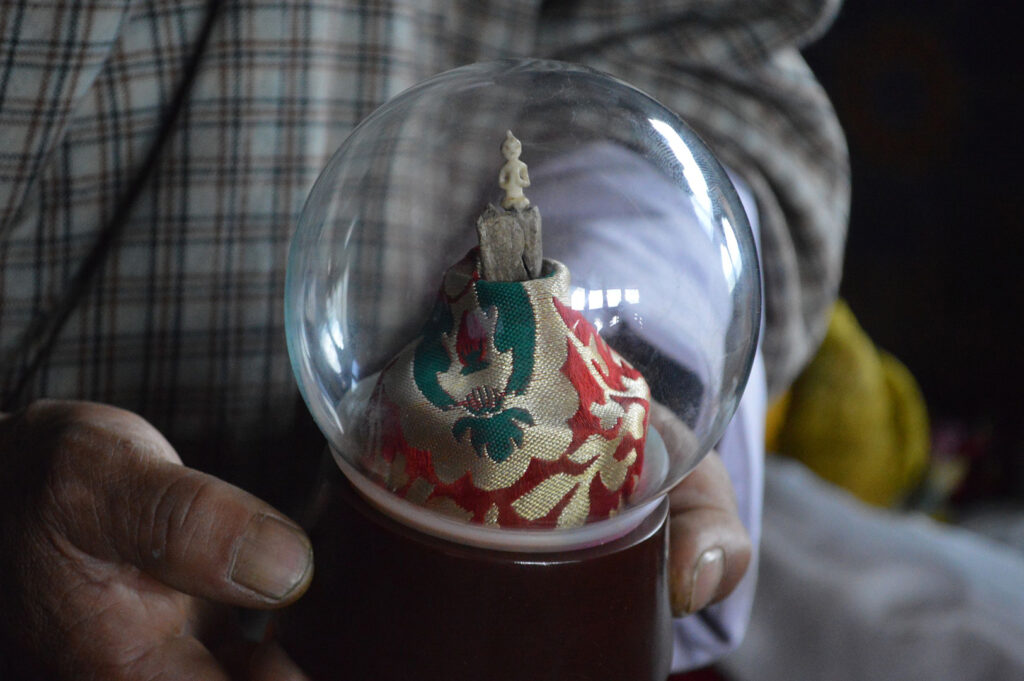
Trongsa Ta Dzong
Ta Dzong was built by Chogyal Minjur Tenpa in 1652. The watch tower was built to oversee the ongoing construction of Trongsa Dzong. Hence, it was named Ta Dzong. Another purpose could have been watching for invading forces. The reason behind calling it Tag Dzong is due to its location above the main Dzong. There are four observation points resembling Tag (Tiger), Seng (Lion), Chung (Garuda) and Drug (Dragon). An annual Nyung Nye (fasting ritual), initiated by Gongsa Ugyen Wangchuck, is conducted yearly. Ta Dzong is also used as the residence of monks and as a meditation abode.
Dzong Jug-(Dzong Edge)
In the past, women were not allowed to enter the Dzong after dusk. In order to free the royal family – especially Her Late Majesty Ashi Phunthso Choden – from such inconveniences, a small Dzong was built outside the main Dzong, and south of Chorten Lhakhang. Being the last Dzong to be built, it is known as Dzong Jug.
In its entirety, the Dzong has 25 Lhakhangs, including the Chorten Lhakhang built by Yongzin Ngagi Wangchuk in 1543, housing sacred images and religious treasures and elaborate wood carvings and beautiful frescos that adorn the walls and pillars – another testimony to Bhutan’s rich religious and cultural traditions.
The entrance and exit doorways
The Dzong has four doors, one facing each direction. The doors facing east and west were the most frequently used doors; people traveling from eastern Bhutan had to pass through those doors. The north and south doors led to secret passages used by those residing in the Dzong. However, at present, the north and east doors are used regularly as the main entrance and exit points.
Similar Dzong of Bhutan
- Trashichho Dzong
- Simtokha Dzong
- Drugyel dzong
- Jakar dzong
- Punakha Dzong
- Paro Rinpung Dzong
